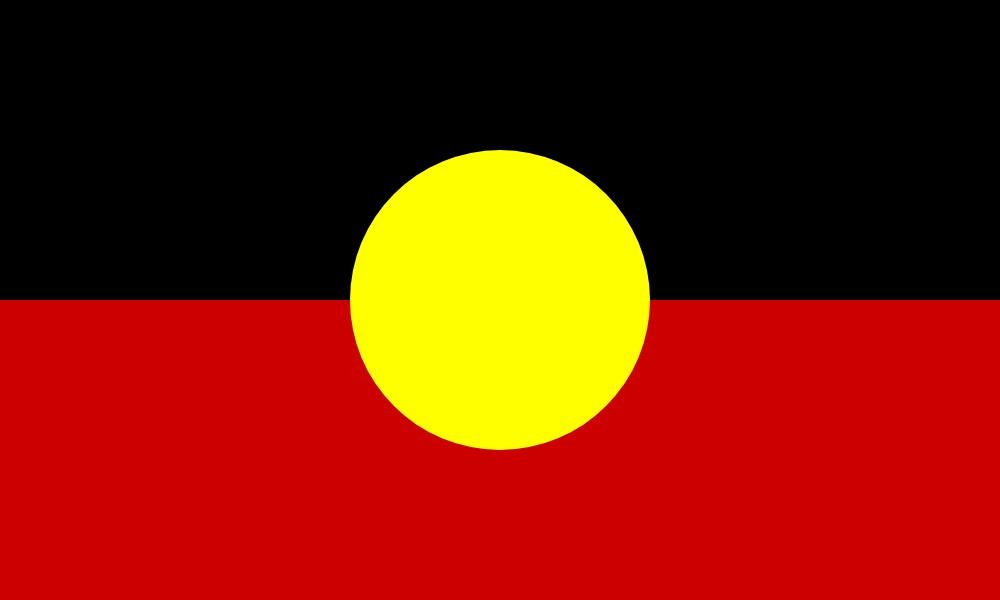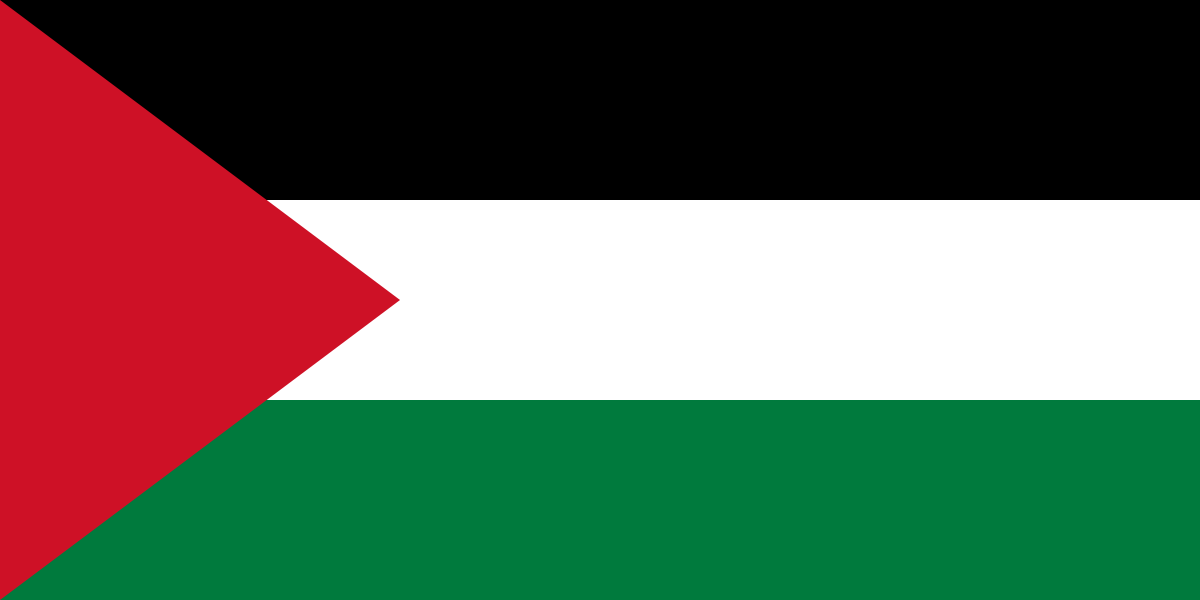
New tweet
Super happy to announce we have hit our goal any extra will go to doing more mutual aid and interviews along the way and paying for the added gas increasing interview load and we will no longer be asking USU to match
full tweet
Hey folks, I’m very excited to announce a working partnership with Unity Struggle Unity and The Clarion. As you might know I have been raising money for a research trip to study the on the ground conditions of organizers young and old across the US with the primary focus being
AIM elders but will be talking with members of parties who want to meet up along the way. I will be going from Michigan to Colorado and have been making trips like this for the last 5 years allowing a far more encompassing view of not only our current conditions but historical
Conditions as well. The goal is $2500 and we already have $1100. You can donate to $ZitkatosTinCan or @zitkato On ven and USU will match your donation so give $1 we get $2. Along with that will be a piece talking about these research trips I’ve been doing, why they’re important,
And the interviews and knowledge gained will go into an audio documentary about the history and legacy of AIM and how they operate today that I’ve been working on my entire adult life essentially. This will be free of charge and publicly available so people can learn why landback
Is important. How it addresses almost every contradiction and I say almost out of pure modesty that there may be something I’m unaware of it not encompassing. There’s a lot one can do on these trips with the right support and we want to be able to provide mutual aid along the way
Your donation also pays for food, gas and a car rental, emergency shelter if any natural disasters or something wild happens. Please help out by offering me a place to stay the night or a free meal to pick up along the way. Otherwise you can DM about other methods to donate or You can use $ZitkatosTinCan or @zitkato On venmo to help us get from 1100 to 2500
Currently at ~~ 1800/2500 of the Goal~~ they reach the goal 
Donations can be made at via CashApp ($ZitkatosTinCan) or Venmo (@zitkato)
Tweet link https://x.com/DecolonialMarx/status/1932439627106820341
Liberapay link https://liberapay.com/ChunkaLutaNetwork/
Patreon link https://www.patreon.com/ChunkaLutaNetwork
Comrade Sungmanitu has shared the history of the Indigenous movements in Northamerica before here in this community via the ChunkaLutaNetwork here is one of my favorites: Fish Wars, Climate Change, and Forgotten History
also the Red Clarion is matching donations since yesterday until the goal is meet








